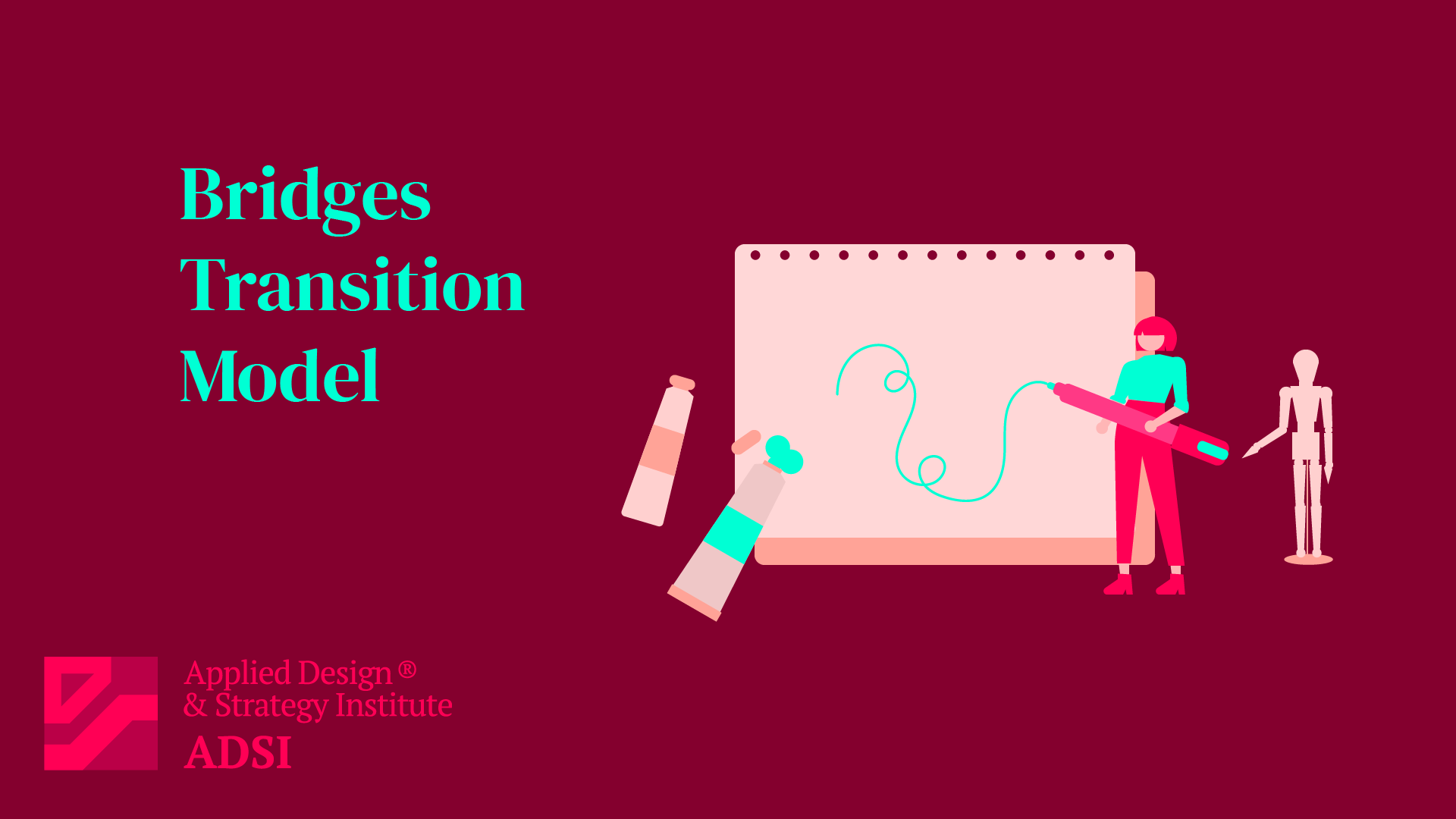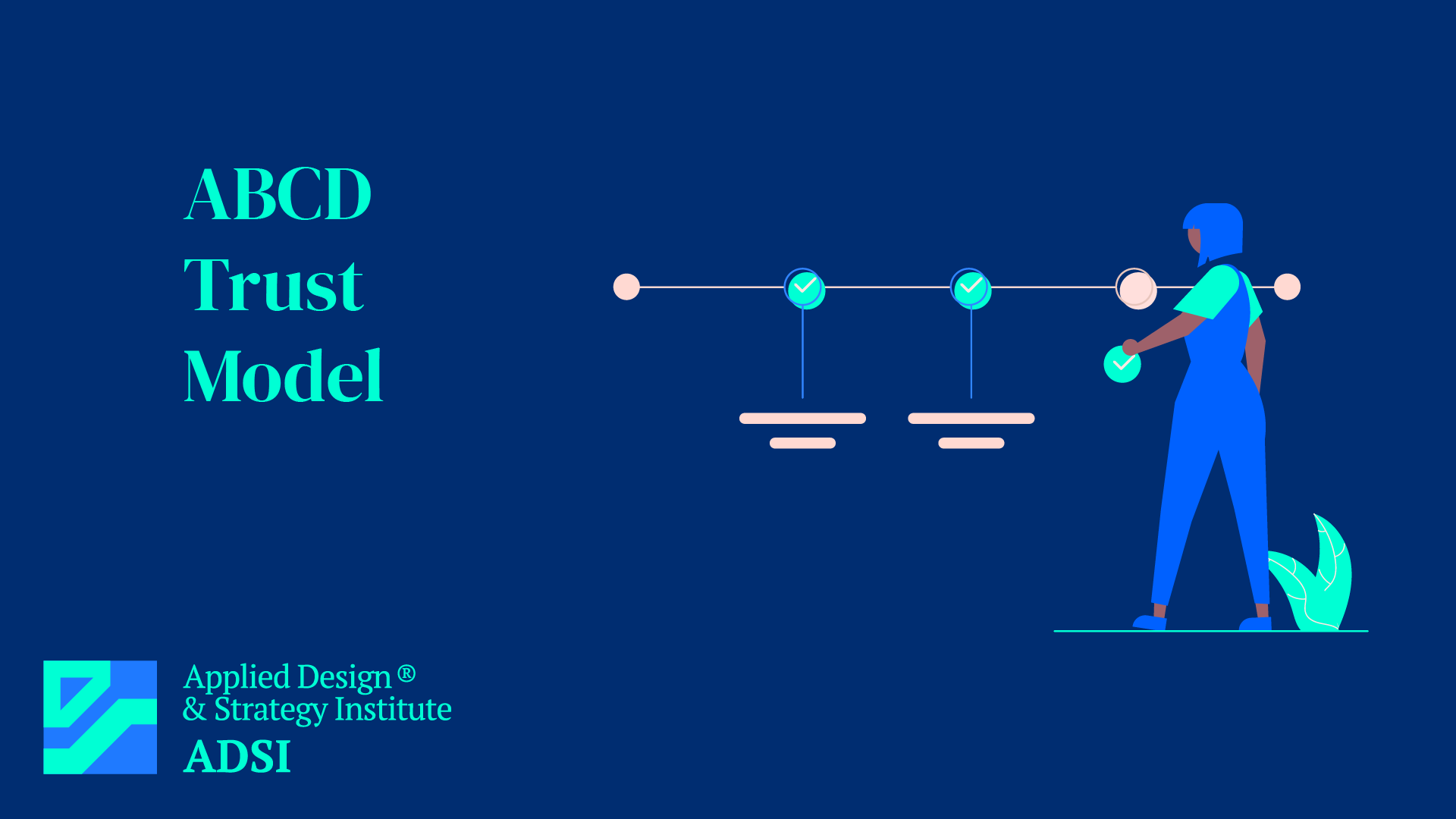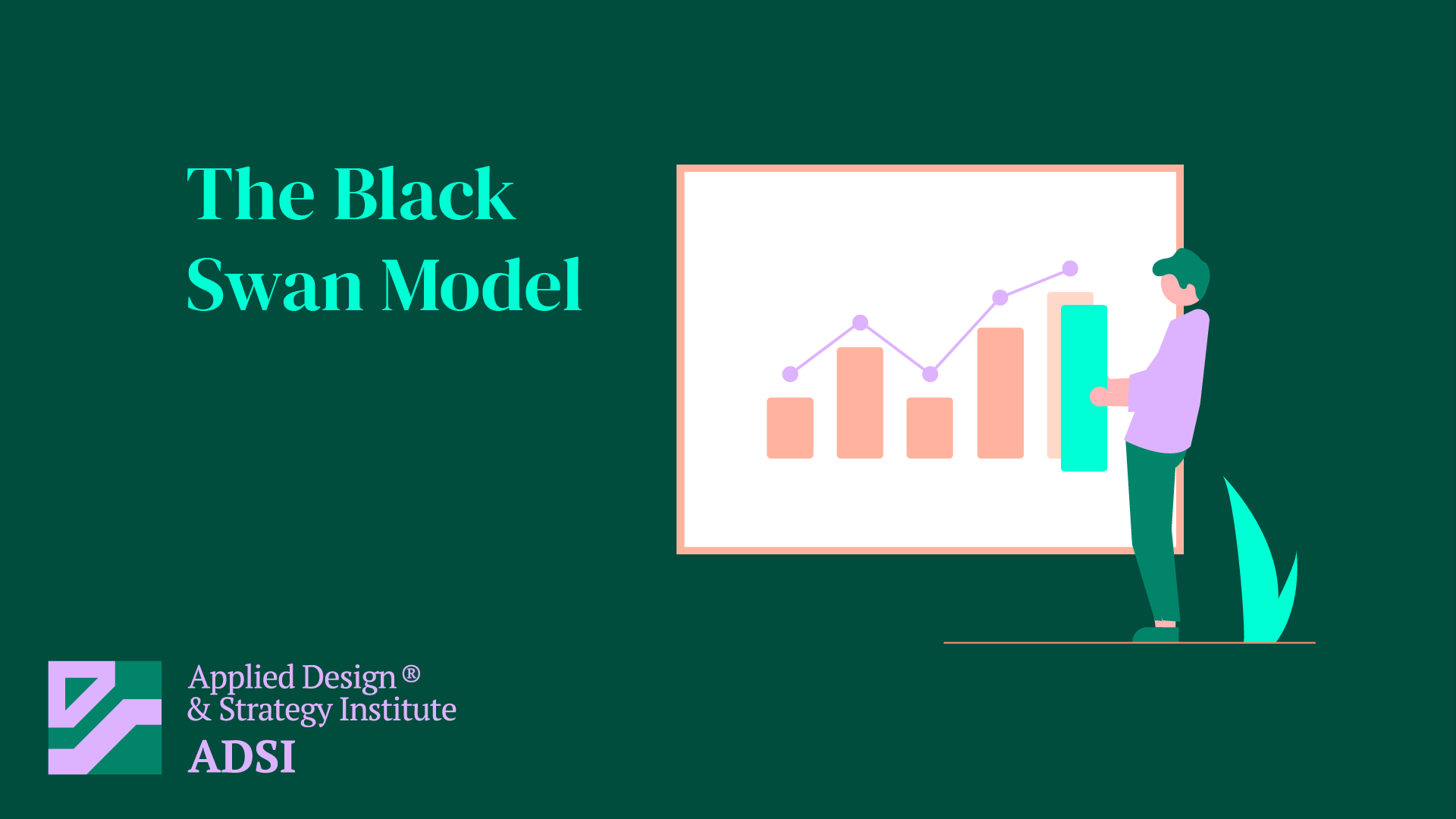Bureaucracy and Max Weber
Bureaucracy: Max Weber’s Enduring Vision Introduction Max Weber, a towering figure in sociology and public administration, provided one of the most influential analyses of bureaucracy. His vision of bureaucracy, while critiqued and debated over the years, remains a cornerstone in understanding modern organizational structu
Bullshit-Asymmetry Principle
Bullshit-Asymmetry: Navigating the Uneven Landscape of Misinformation Introduction In an era overwhelmed with information, the concept of ‘bullshit-asymmetry’ emerges as a critical tool for understanding the disproportionate effort required to refute nonsense compared to the ease of producing it. This principle, ofte
Bridges Transition Model
The Bridges Transition Model, created by William Bridges, focuses on the psychological transitions associated with change, rather than the change itself. It comprises three stages: Advantages: Shortcomings: Examples: In practical applications, the model assists individuals and organizations in navigating through change more effe
Bowman’s Strategic Clock
Bowman’s Strategic Clock is a framework in strategic management for analyzing and positioning a company’s product or service offerings based on two dimensions: price and perceived value. Developed by Cliff Bowman and David Faulkner, this model outlines eight potential strategies, each located at a different position
Blanchard’s ABCD Model of Trust
Blanchard’s ABCD Model of Trust is a framework developed by Ken Blanchard, a renowned leadership expert, which outlines the fundamental elements required to build and maintain trust in both personal and professional relationships. The model emphasizes four key components: Able, Believable, Connected, and Dependable, each p
The Blame Instinct,
The Blame Instinct, as discussed in Hans Rosling’s “Factfulness,” addresses our propensity to seek simple explanations for complex problems by blaming individuals or groups. This instinct often leads to oversimplification and ignores broader, systemic issues. For example, in a crisis, people might quickly blame
The Blake-Mouton Managerial Grid
The Blake-Mouton Managerial Grid is a leadership model that identifies five different leadership styles based on a manager’s focus on people and results. Developed by Robert Blake and Jane Mouton, this grid has two axes – concern for people (y-axis) and concern for production (x-axis). The five leadership styles are:
The Black Swan Model
The Black Swan Model, developed by Nassim Nicholas Taleb, is a framework for understanding the impact of highly improbable, unpredictable events that drastically affect various areas such as finance, history, and technology. Black Swan events, characterized by their rarity and significant impact, are often only explainable in hi
The Berkus Method
The Berkus Method is a valuation approach for pre-revenue startups, emphasizing the qualitative aspects of the business rather than relying on financial projections, which are often unrealistic for early-stage companies. This method was developed by American venture capitalist and angel investor Dave Berkus. The core idea of the
The BCG Advantage Matrix
The BCG Advantage Matrix, developed by the Boston Consulting Group, is a strategic tool used to evaluate competitive advantage in various business environments. This framework categorizes businesses into four distinct types based on two key dimensions: the size of the competitive advantage and the number of approaches to achievi











